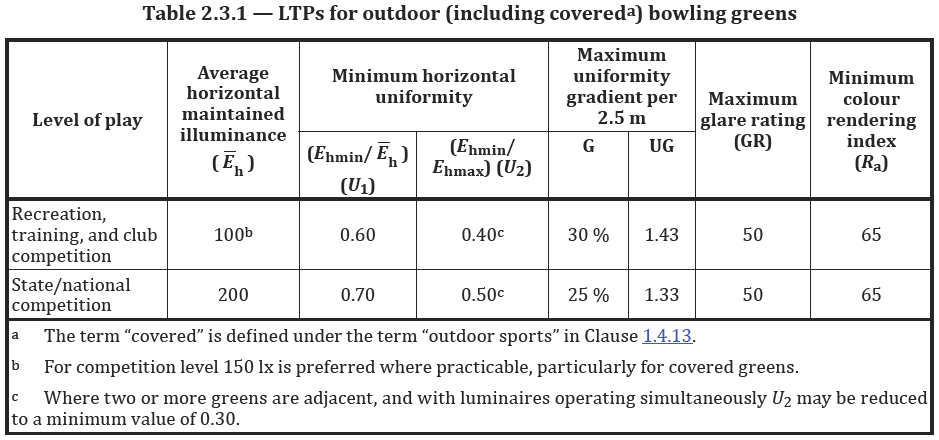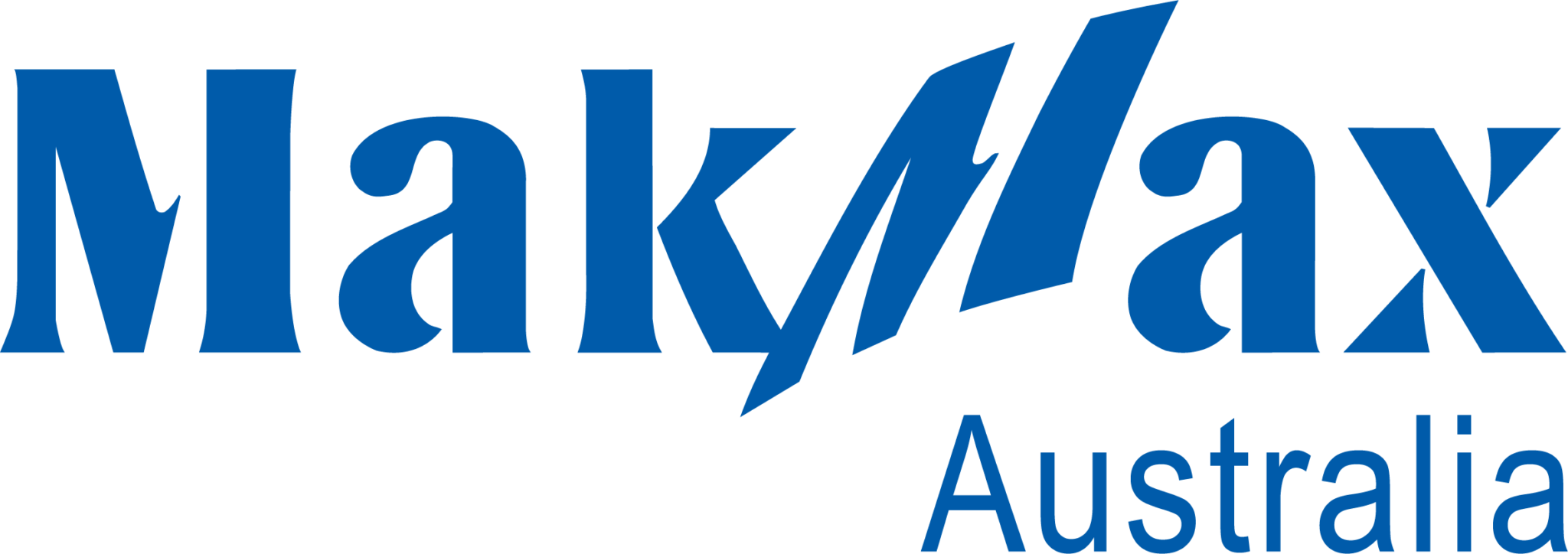When it comes to elevating the bowling experience, investing in a TensoSport-MAX Bowling Green Canopy for your club is a game-changer. Not only does it extend playtime in all weather conditions, but it also introduces the magic of night-time bowling. A dome-style bowling green canopy provides the perfect frame to support premium-quality LED sports lighting over your playing surface.
In our recent conversation with Brock, a representative from Empyrean Lighting, our sports lighting partner, we explored the subject of lighting for covered bowling greens. In our discussion, we delve into topics such as the recent inclusion of Covered Bowling Greens into the Australian Standard for Sports Lighting, Empyrean’s innovative approach to lighting design, and the key distinctions between uplighting and downlighting. Join us on this illuminating journey into the world of bowling green lighting.
Australian Standards For Sports Lighting
In the realm of lighting for covered bowling greens or sports courts with canopies, Empyrean Lighting designs the lighting infrastructure to the guidelines set forth by the Australian Standards; specifically, AS2560.2:2021 – Sports lighting, Part 2: Specific applications. AS 2560.2 outlines the design and performance requisites, along with recommendations for lighting specific outdoor and indoor sports areas. These encompass a wide range of sports, including aquatic sports, bowls, cricket, equestrian sports, football, hockey, netball, basketball, squash, tennis, and multipurpose indoor sports centres.
Notably, the most recent revision of AS2560.2 in 2021 includes a reference to covered bowls within the Outdoor Bowling Green section.

The original intent of the standard pertained to Outdoor Open Bowls Clubs, primarily setting guidelines for lighting located on tall light poles. However, the standard has evolved to incorporate competition lighting at higher lux levels and uniformity standards, allowing for lighting for covered bowling greens as well. Many councils may be accustomed to approving direct/down lighting projects for general Bowls Club lighting, recognising also that a direct/down light setup typically incurs lower costs.

Designing The Lighting For Bowling Green Canopies
Every Bowls Club is different, and every Bowling Green Canopy MakMax designs has its own unique character. With a range of classic MakMax canopies styles to choose from, along with individual customisations and the specific location the club, no dome project, and therefore, no lighting design is the same.
Using the size of the green, the number of playing rinks, and the geometry of the canopy, Empyrean Lighting creates a bespoke lighting system for each club. A noteworthy addition to the Australian standard is the inclusions of a separate lighting guidelines for State/National Competition stipulating a 200 average LUX level. Remarkably, Empyrean has been exceeding this level for the past 3 to 4 years in their MakMax Bowling Green Canopy lighting designs, which generally target 300 lux with 0.7 uniformity or even higher, whenever feasible.
In their lighting design process for a MakMax Bowling Green Roof, Empyrean also take into account the potential lighting spill from under the canopy, as referenced in AS/NZS 4282:2019 – Control of the obtrusive effects of outdoor lighting. These codes serve as both a reference point and a framework.
They then integrate the canopy specifics provided by MakMax and employ cutting-edge software (DIAlux), to generate comprehensive lighting design to meet the needs of the club and their proposed roof structure.
Shining a light on the difference between Uplighting and Downlighting.
Indirect Lighting Method (uplighting)
Tensile membrane canopies offer a unique advantage over steel or polycarbonate roofing due to their reflective qualities. By facing lights upwards, we harness the power of reflection and ‘bounce’ light off the canopy. Our primary recommendation for clubs with under-canopy sports facilities is uplighting, and here’s why: it delivers superior uniformity, a critical factor for skill-based sports like lawn bowls.
Choosing an indirect (uplighting) solution also provides a softer, less glaring quality of light for both players and spectators, ensuring no direct light interferes with bowlers’ focus. Moreover, with lighting indirect light effectively minimises shadows on the playing surface, creating a clear, consistent illumination from end to end. From an aesthetic standpoint, uplighting also transforms the canopy into a mesmerising nighttime spectacle, enhancing the overall appeal of your club.
It’s worth noting that opting for uplighting may necessitate slightly more LED units or more powerful luminaires to account for the extended travel distance of light waves.

Direct Lighting Method (uplighting)
For clubs seeking a cost-effective alternative, achieving Lighting Standard targets with fewer luminaires (lighting units) becomes attainable through downlighting, the direct light approach. The advantages of direct lighting include lower initial installation costs to meet the required lighting levels. Additionally, by directing light downward, it becomes easier to control spill lighting outside the dome, preventing any unwanted glare from affecting your neighbors.
Nevertheless, the decision to go with downlights comes with its own set of challenges. The primary drawback is that players may experience glare if they look up at the canopy or light fixtures. Moreover, overlapping pools of light can create hot spots on the green, even when careful lighting design aims for uniformity. From a design perspective, you might need to strategically add lights in a more regular square or rectangular layout to achieve uniformity, even if this layout doesn’t precisely match the canopy’s shape or structure.

Our sports-lighting partners at Empyrean Lighting are pleased to offer designs for both indirect (uplighting) and direct lighting (downlighting) options, both of which can seamlessly integrate into your MakMax bowling green canopy design. Generally, the cost difference between these two options ranges from $5,000 to $10,000, depending on factors such as the number of greens in your canopy.
While we understand that building a bowling green dome roof represents a significant investment for any club, we wholeheartedly endorse the uplighting option as a superior lighting solution. The remarkable benefits it brings, when weighed against the difference in cost (particularly in the context of the overall project budget), result in a distinctly noticeable enhancement for your canopy.
When considering the lighting design for your canopy project, trust MakMax and Empyrean Lighting’s expertise to ensure optimal illumination and adherence to industry standards, enabling your club to embrace the benefits of nighttime bowls, all year round.


